This post may contain affiliate links which means I will get a commission if you make a purchase at no additional cost to you. As an Amazon Associate I earn from qualifying purchases. Please read my disclosure for details.
For many years, Alabama’s culinary identity was spoken of in soft tones, shaped by family tables, Sunday gatherings, and a deep connection to land and water. Its food was rarely plated with pretense or announced with fanfare; it was slow cooked, wood smoked, and served without spectacle.
But in recent seasons, a single ingredient has begun to shift the narrative, catching the attention of not only regional diners but global tastemakers. That ingredient is smoked catfish.
Reclaiming a Humble Fish with Reverence
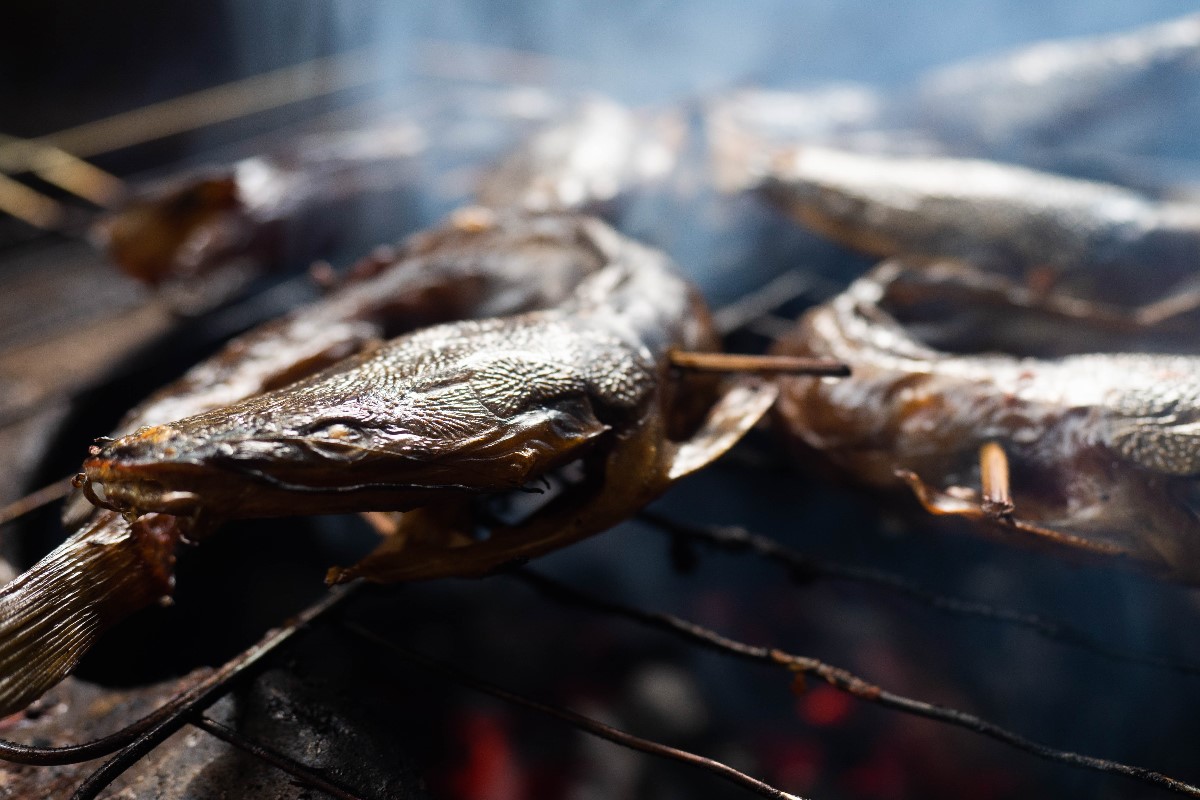
WANT TO SAVE THIS RECIPE?
Once seen as a working class staple, catfish is now being treated with the kind of attention once reserved for rarer, pricier seafood. Alabama chefs are sourcing it locally, brining it overnight, and smoking it slowly over pecan or hickory until the flesh becomes tender and fragrant.
Craftsmanship that Honors the Smoke

What sets Alabama’s smoked catfish apart is the quiet precision behind its preparation. From the choice of wood to the cut of the fillet, everything is deliberate. Smoke is not simply a flavor but a technique, layered over time with patience and restraint.
A Dish that Speaks to Place

Unlike imported delicacies or trendy imports, smoked catfish tells the story of Alabama’s rivers, its rural past, and the ingenuity of cooks who made the most of what they had. In Birmingham, Montgomery, and beyond, chefs are folding it into white tablecloth menus without losing its origin.
The Power of Quiet Innovation
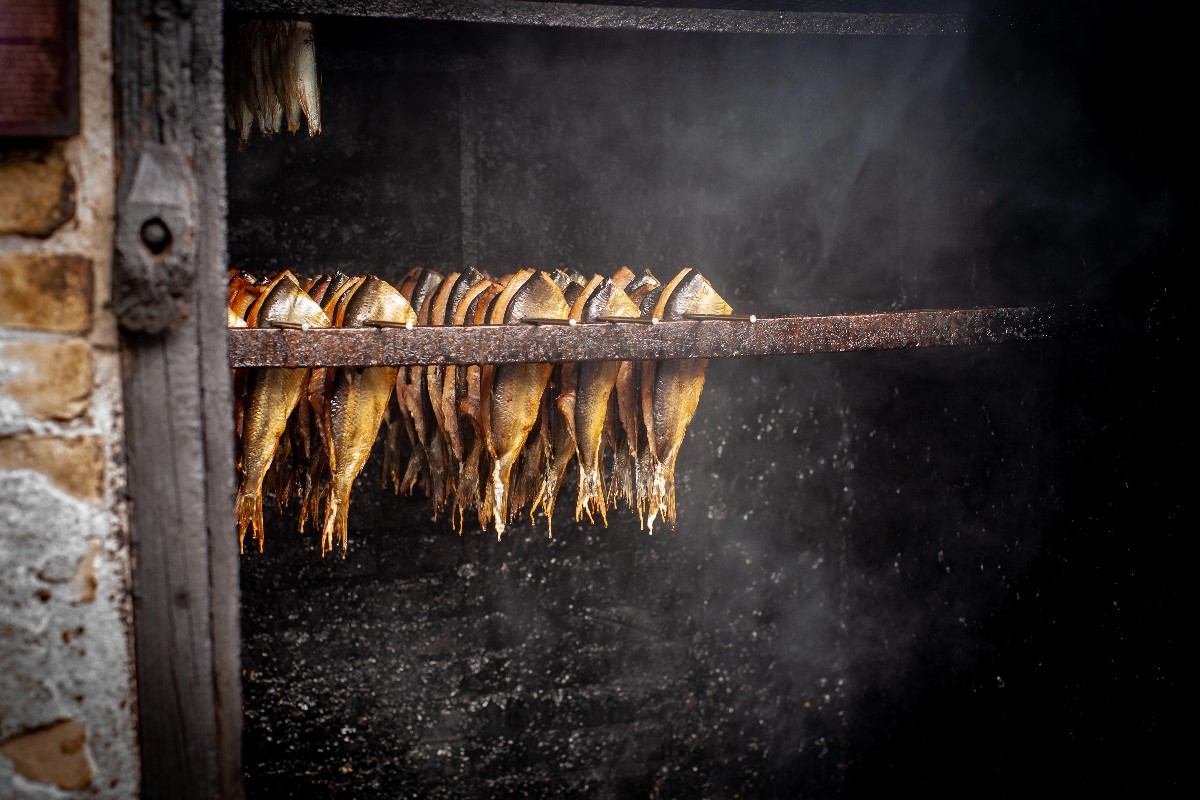
Alabama’s rise is not due to theatrics or showy fusion. It is due to quiet innovation, chefs reimagining what their grandmothers once served, and letting the smoke speak for itself. The catfish on these menus does not shout.
Elevating the Role of the Southern Smokehouse

In Alabama’s evolving culinary landscape, the smokehouse is no longer a relic; it is a workshop of precision and pride. Chefs and pitmasters are refining their techniques, experimenting with curing times, wood blends, and smoking chambers designed to bring out catfish’s full expression.
Drawing from Black Culinary Heritage
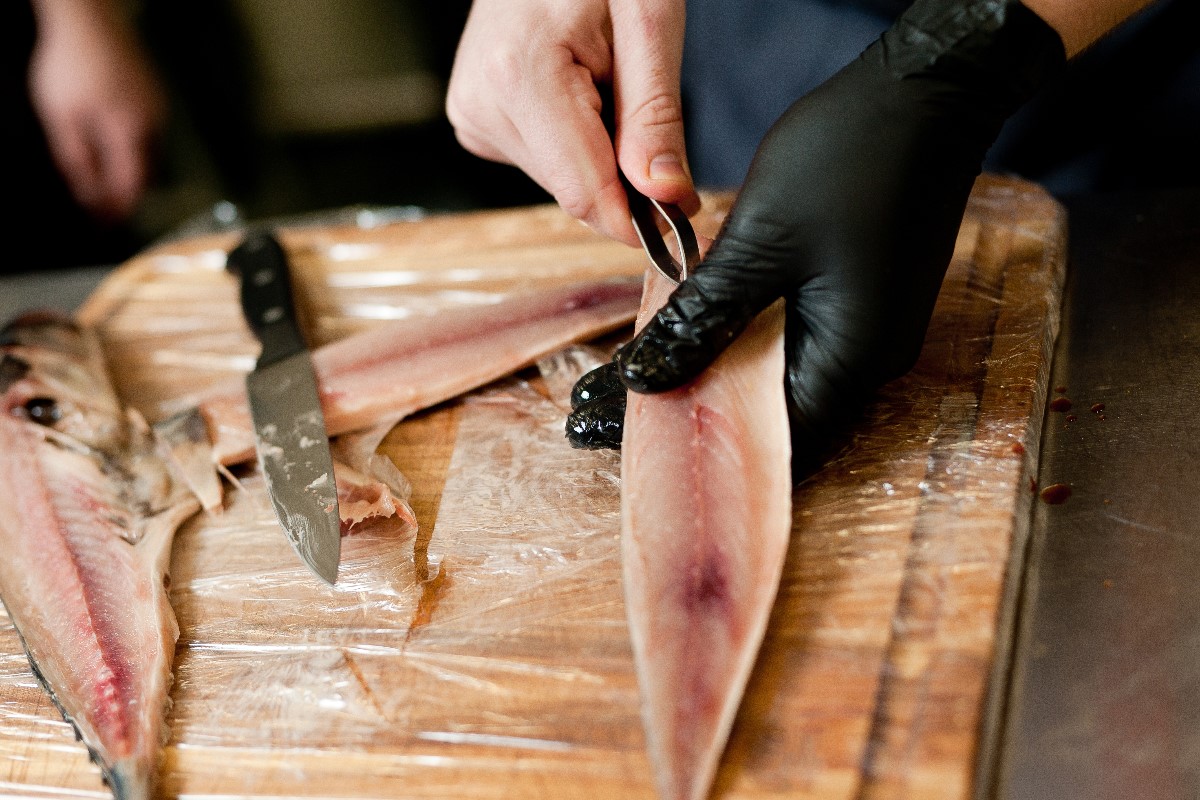
Many of Alabama’s most exceptional smoked catfish preparations draw directly from Black Southern cooking traditions, traditions that have shaped the South far more than they have been publicly credited for.
Related Post: 8 Delivery Foods That Taste Better Cold The Next Day
The Return of River Ingredients to Fine Dining
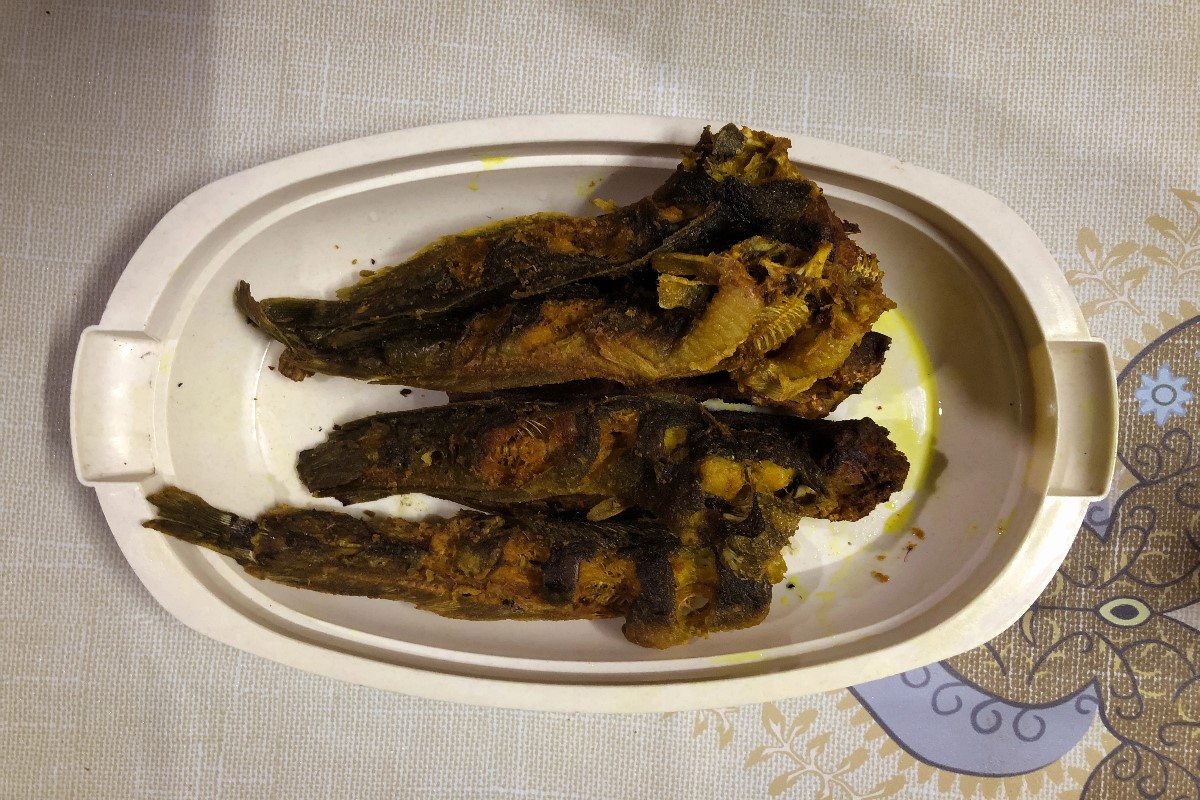
For years, riverside ingredients like catfish were seen as too rustic, too regional for elevated cuisine. But that tide is changing. Smoked catfish is now being plated beside heirloom peas, atop stone ground grits, and beneath delicate emulsions made from local buttermilk or tomato water.
Related Post: 9 Times Gen X Quietly Revolutionized The Food World
Sustainability as a Quiet Selling Point
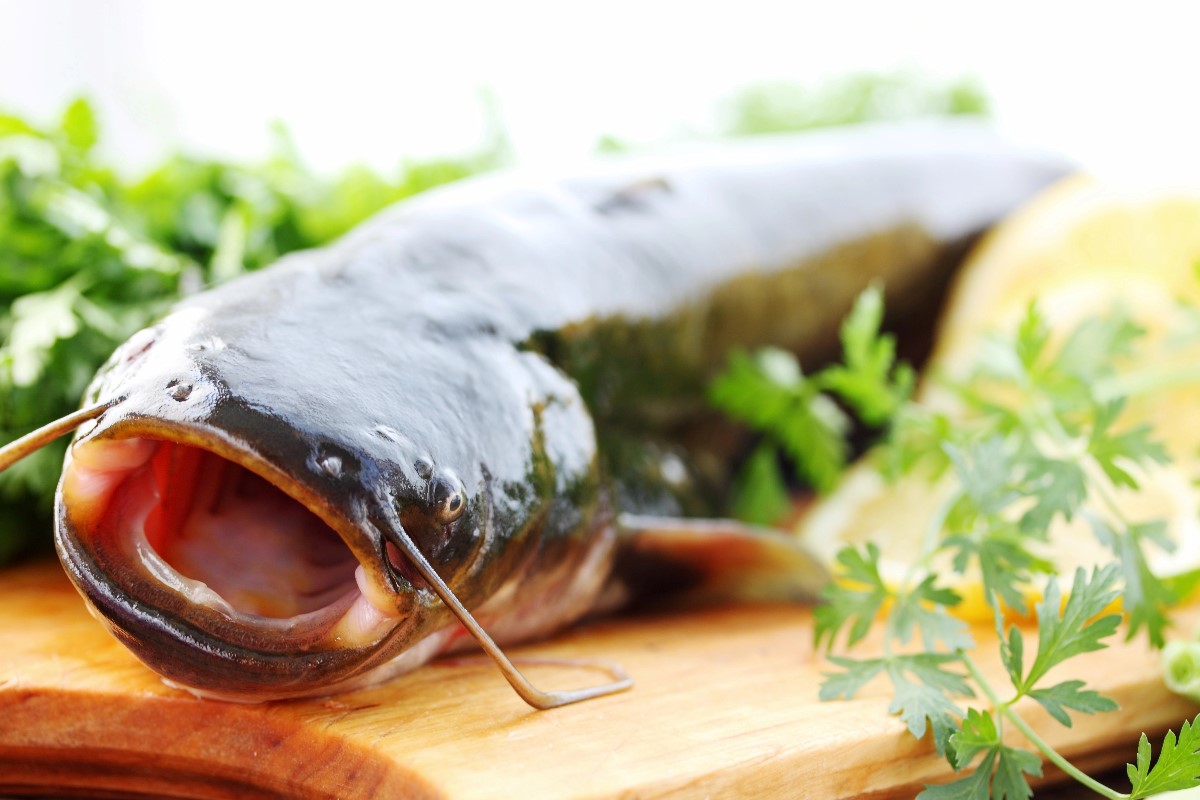
Catfish, especially when sourced locally from responsible aquaculture, is one of the most sustainable proteins available. Alabama’s chefs are using this to their advantage, not as marketing, but as mindfulness. These fish are abundant, low impact, and thrive in warm Southern waters.
Related Post: 10 Things Grocery Cashiers Instantly Judge You For
Chefs Turning Regional into Signature

What once belonged to Sunday suppers is now being shaped into signature dishes that define entire restaurants. Smoked catfish has become a canvas reimagined as a croquette, folded into a soufflé, or layered over rice with preserved lemon.
Related Post: 14 Drive Thru Hacks That Employees Wish You Didn’t Know
The Rise of Destination Dining in Unexpected Towns

Outside of Birmingham or Mobile, smaller towns like Florence, Opelika, and Fairhope are drawing food travelers intrigued by menus that mention smoked catfish not as comfort, but as craftsmanship. These restaurants do not rely on urban density or passing crowds; they thrive on word of mouth, reputation, and the strength of their food.
Related Post: 9 Grocery Items That Changed Packaging And Sparked Outrage
Sign up now to receive our exclusive e-cookbook filled with top-rated recipes for FREE!
Smoked catfish may seem modest, but in Alabama, it is being redefined with skill, restraint, and a profound sense of place. It reflects not just the flavor of the state, but the evolution of its culinary self confidence a shift from preservation to presentation, without sacrificing its soul. And in that transformation, Alabama has given the food world a reason to look again.
Disclaimer: This list is solely the author’s opinion based on research and publicly available information.
These 5 Restaurants Are Built To Look Like The Past And People Love It

Across the country, some restaurants are not just serving food, they are serving full doses of nostalgia. From 1950s style diners to old world European cafes, these spots recreate the past so completely that it feels like time travel with every visit.
The design, the music, and even the menus are often throwbacks. People flock to them not just to eat, but to reconnect with an era that feels simpler, warmer, and more familiar.
Read it here: These 5 Restaurants Are Built To Look Like The Past And People Love It
How to Save $100+ Every Month at the Grocery Store

From planning your meals to avoiding sneaky upcharges in the snack aisle, here’s a realistic guide to trimming your food budget without adding stress to your week.
Read it here: Things Moms Waste Money On (and Don’t Even Know It)
Is Walmart+ Still Worth It in 2025? The Truth After 3 Years

Is the new Walmart Plus worth the annual fee or is it just another failed version of Amazon Prime? I spent my own money trying this service out for 12 months and counting. I have a lot to say about the benefits and drawbacks in this Walmart+ honest review.
Read it here: Is Walmart+ Worth It? Honest Review 3 Years Later!
You’ll love these related posts:
